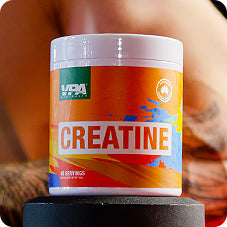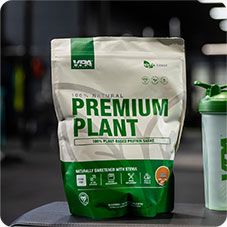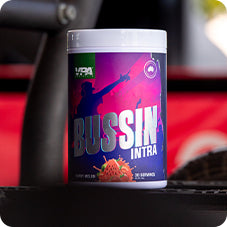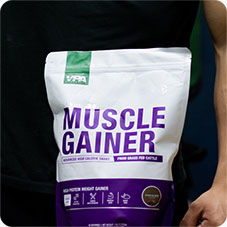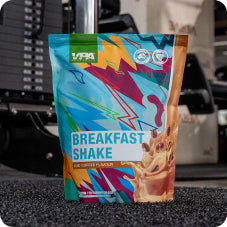Your Cart is Empty
The Ultimate Guide to Cross-Training
July 01, 2024 5 min read

Let’s be honest. Fitness routines can become predictable at some point. You fall into a rhythm with your favourite activity, be it pounding the pavement, religiously hitting the weights room, or religiously spinning your way through indoor cycling classes. While consistency is key, sticking solely to one exercise mode can lead to plateaus, overuse injuries, and a serious case of workout monotony.
Enter the champion of variety and progress: cross-training. This strategic approach to exercise incorporates activities outside your primary discipline, offering a plethora of benefits for both your body and mind.
What is cross-training?
Cross-Training is a fitness regimen that blends different exercises to work various body parts. Instead of focusing on one type of workout, such as running or weightlifting, Cross-Training incorporates a range of activities like swimming, cycling, strength training, and even yoga. But what are the benefits of Cross-Training in workouts? Let's dive deeper into its multi-faceted character.
The Multifaceted Nature of Cross-Training: Engaging Different Muscle Groups
Cross-Training is like a delicious fitness buffet where you serve your muscles with a variety of exercises. Cross-training isn't just about keeping things interesting (although that's definitely a perk!). This approach also helps prevent muscle imbalance by spreading the physical load across different muscle groups. Engaging various muscles not only enhances overall strength but also helps in toning your body more uniformly.
Here's a breakdown of the magic it can weave into your fitness journey:
Busting Through Plateaus:When you consistently perform the same movements, your body adapts and progress stalls. Cross-training introduces new stimuli, challenging your muscles in different ways and reigniting that fitness spark. A study found that athletes who incorporated cross-training into their routines experienced significant improvements in performance compared to those who stuck to their usual activities.
Banishing Boredom: The same old routine can feel like a chore. Cross-training injects a dose of novelty into your workouts, keeping you motivated and engaged. This can be especially helpful if you find your primary activity repetitive.
Injury Prevention: Repetitive stress injuries are a common downside of focusing on a single exercise style. Cross-training distributes the workload across different muscle groups, giving your primary ones a chance to recover and reducing your risk of injury.
Building a Well-Rounded Physique: Different activities target different muscle groups. Cross-training ensures you develop a well-rounded physique, improving your overall strength, flexibility, and balance. For example, a runner who incorporates swimming into their routine will strengthen their upper body and core, leading to better running form.
Cardio Champion: Whether you're a runner, cyclist, or weightlifter, incorporating activities that elevate your heart rate into your cross-training routine will improve your overall cardiovascular health. This translates to better endurance in all your workouts, including your primary activity.
Mental Toughness: Stepping outside your comfort zone with new exercises can be mentally challenging, but in a good way! Cross-training builds mental resilience and keeps you sharp, translating to improved focus and determination in all aspects of your life.
Ready to Dive In? How to Craft a Cross-Training Plan
Now that you're pumped about the benefits of cross-training, let's get you started! Here's a roadmap to guide you:
Identify Your Goals: What do you hope to achieve with cross-training? Is it to improve performance in your primary activity, prevent injuries, or simply add variety? Knowing your goals will help you choose the right activities.
Choose Your Activities:The beauty of cross-training lies in its versatility. Explore activities that complement your main exercise or target areas you want to improve. Here are some ideas:
- For Runners: Swimming, cycling, yoga, Pilates
- or Cyclists: Strength training, swimming, hiking
- For Weightlifters: HIIT workouts, dance classes, yoga
Plan Your Schedule: How often will you incorporate cross-training? Aim for 2-3 sessions per week, allowing enough recovery time between workouts.
Listen to Your Body: Don't push yourself too hard, especially when starting a new activity. Pay attention to your body's signals and adjust your intensity and duration accordingly.
Find the Fun: The key to sticking with cross-training is to enjoy it! Explore different activities and find ones you find genuinely fun and engaging.
Remember: Consistency is key! Make cross-training a regular part of your routine to reap the long-term benefits.
Bonus Tip
Don't be afraid to seek guidance from a certified personal trainer. They can help you design a personalised cross-training plan tailored to your specific goals and fitness level.
Cross-Training for Different Fitness Goals: Tailouring Your Approach
While the core benefits of cross-training apply universally, it's valuable to tailour your approach to your specific fitness goals. Here's a breakdown to help you optimise your cross-training routine:
Building Strength and Muscle Mass
Activities: Strength training should remain a cornerstone but consider adding plyometrics (explosive jump training) to build power and improve your ability to generate force. Activities like weightlifting with lower reps and higher weights will also support muscle growth.
Sample Schedule:Dedicate 2-3 sessions to weight training, incorporating plyometrics on one of those days. Supplement this with 1-2 sessions of activities like swimming or yoga to improve mobility and prevent injury.
Boosting Cardiovascular Endurance
Activities: Focus on activities that elevate your heart rate for sustained periods, such as running, swimming, cycling, or HIIT (High-Intensity Interval Training) workouts.
Sample Schedule: Dedicate 2-3 sessions to your primary cardio activity (running, cycling, etc.). Cross-train with 1-2 sessions of lower-intensity activities like hiking, yoga, or pilates to improve recovery and flexibility.
Enhancing Agility and Balance
Activities: Activities that challenge your coordination and balance are key. Consider martial arts, dance classes, or sports like tennis or badminton.
Sample Schedule: Maintain your primary training routine. Add 1-2 sessions of agility-focused activities per week. These sessions can be shorter in duration (30-45 minutes) compared to your core workouts.
Improving Flexibility and Injury Prevention
Activities: Yoga, Pilates, and Tai Chi are excellent choices for improving flexibility and range of motion. These practices also promote relaxation and mindfulness, aiding in overall well-being.
Sample Schedule: Include 1-2 sessions of yoga or pilates into your weekly routine, focusing on stretches and poses that target tight muscle groups. These sessions can be done on rest days or as active recovery sessions after intense workouts.
These are just sample schedules; adjust them based on your individual needs and preferences. Listen to your body and prioritise recovery. The key is to find a balance that keeps you motivated and progressing towards your goals.
Keeping it Fresh: Cross-Training Activities Beyond the Gym
Cross-training doesn't have to be confined to the gym. Explore these exciting options to keep your workouts interesting and adventurous:
- Rock Climbing: An excellent full-body workout that challenges your strength, coordination, and problem-solving skills.
- Team Sports: Join a recreational basketball, soccer, or volleyball league for a fun and social way to get your heart rate up.
- Dance Classes:From Zumba to salsa, dance classes offer a fun way to improve cardiovascular health, coordination, and rhythm.
- Hiking or Backpacking: Immerse yourself in nature while getting a challenging workout. Hiking and backpacking engage various muscle groups and build endurance.
- Rock Climbing: An excellent full-body workout that challenges your strength, coordination, and problem-solving skills.
Bottomline
Cross-training is an investment in your long-term fitness journey. It keeps your workouts exciting, prevents plateaus, and helps you build a strong, resilient body and mind. So, get out there, explore different activities, and discover the joy of cross-training! Remember, consistency is key. Make cross-training a regular part of your routine to experience the transformative power of a well-rounded fitness approach.
Also in Training
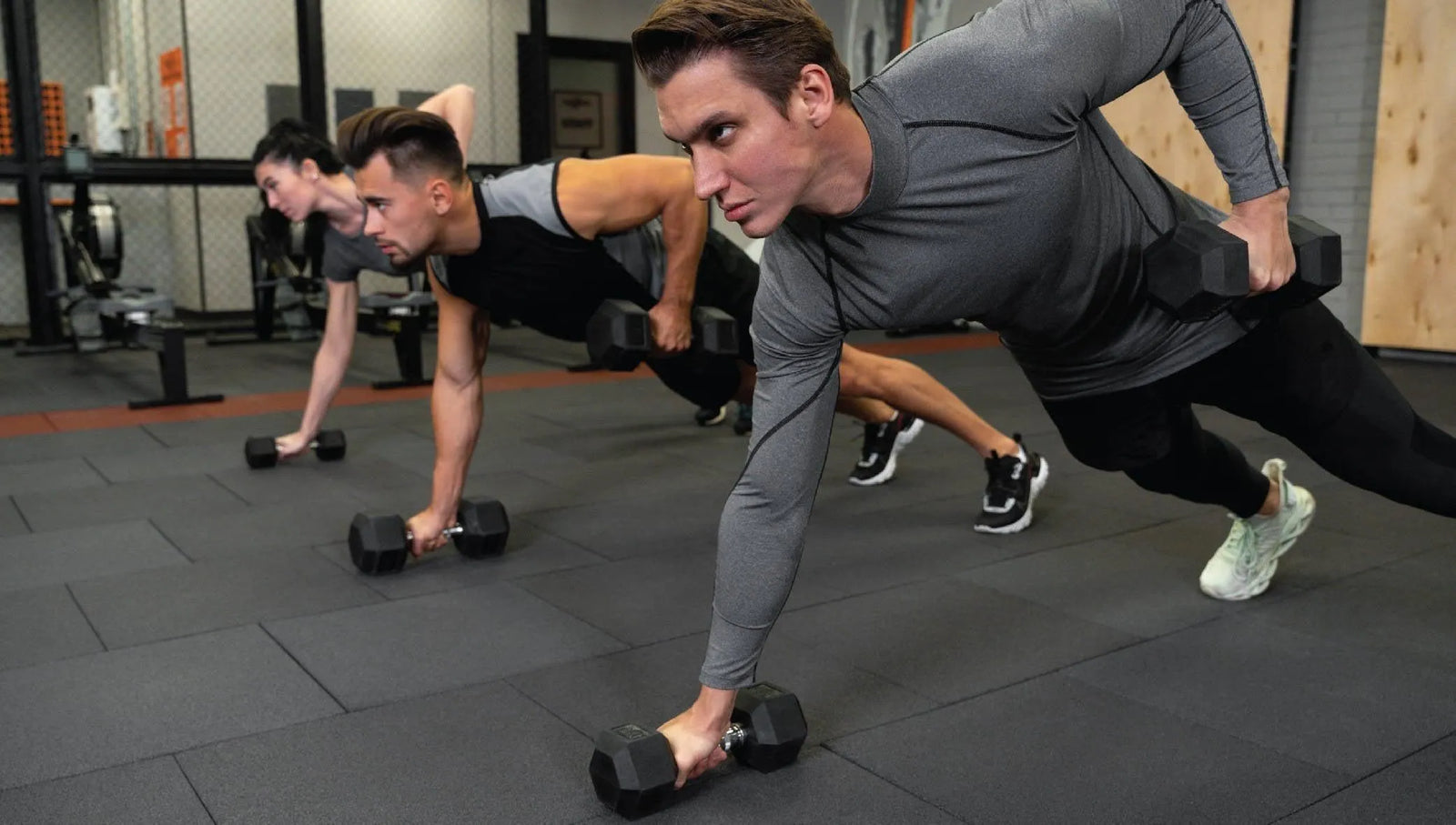
Boosting Your Health: Understanding Aerobic and Anaerobic Metabolism
July 22, 2024 4 min read
Learn about the key differences between aerobic and anaerobic metabolism, and how to optimize your workouts for better health and fitness. Discover the benefits and performance-boosting potential of combining these two metabolic powerhouses.
Read More
Smash Through the Wall: How to Increase Your Lactate Threshold for Running Glory
July 08, 2024 4 min read
Learn science-backed strategies to boost your lactate threshold, enhance running performance, and achieve your fitness goals. Discover expert tips and techniques here.
Read More
Embrace the Cold: How to Stay Active and Healthy Throughout Winter Down Under
June 27, 2024 5 min read
Discover how to embrace the cold and maintain your health throughout the winter season in Australia. Learn about sleep, exercise, diet, and winterising your mindset.
Read More Recent Articles
- Boosting Your Health: Understanding Aerobic and Anaerobic Metabolism
- Smash Through the Wall: How to Increase Your Lactate Threshold for Running Glory
- The Ultimate Guide to Cross-Training
- Embrace the Cold: How to Stay Active and Healthy Throughout Winter Down Under
- What is Hyrox?
- Mastering the Pull-Up
- Building a Champion: Why Cardio and Strength Training are Your Fitness Dream Team
- Beyond the Six-Pack: Building a Strong Core for Everyday Life
- Routine and Discipline – The Backbone of Fitness
- Calisthenics for Beginners
${{amount}}




